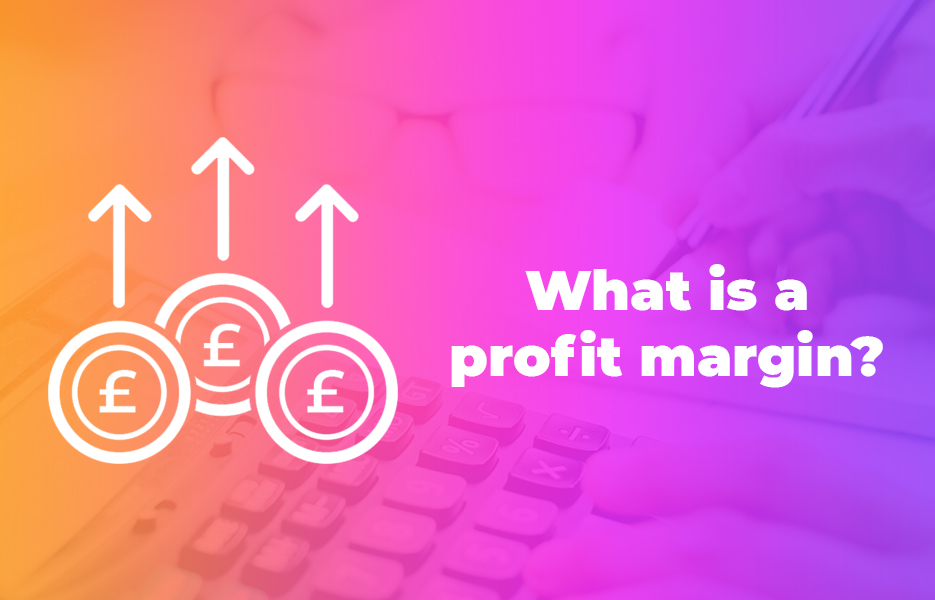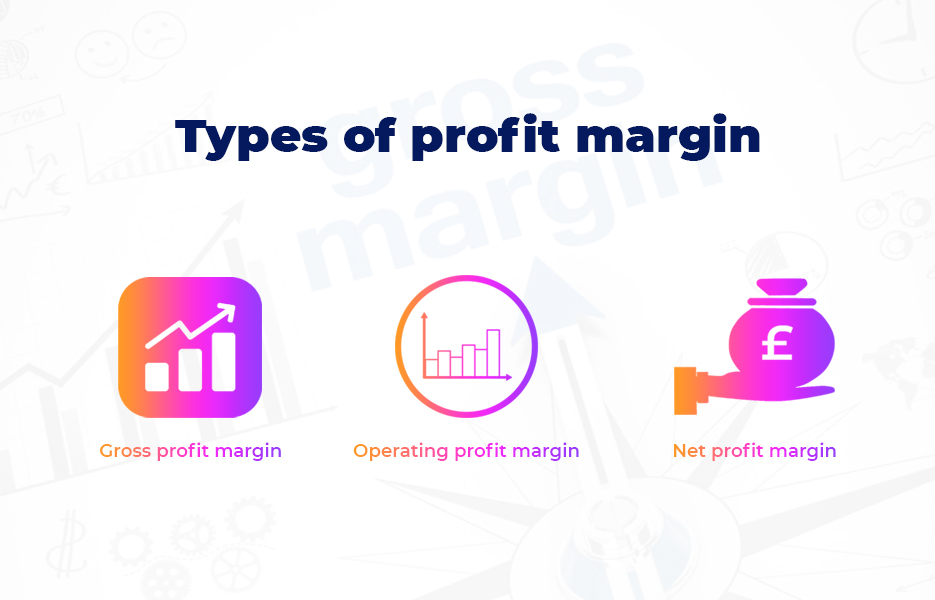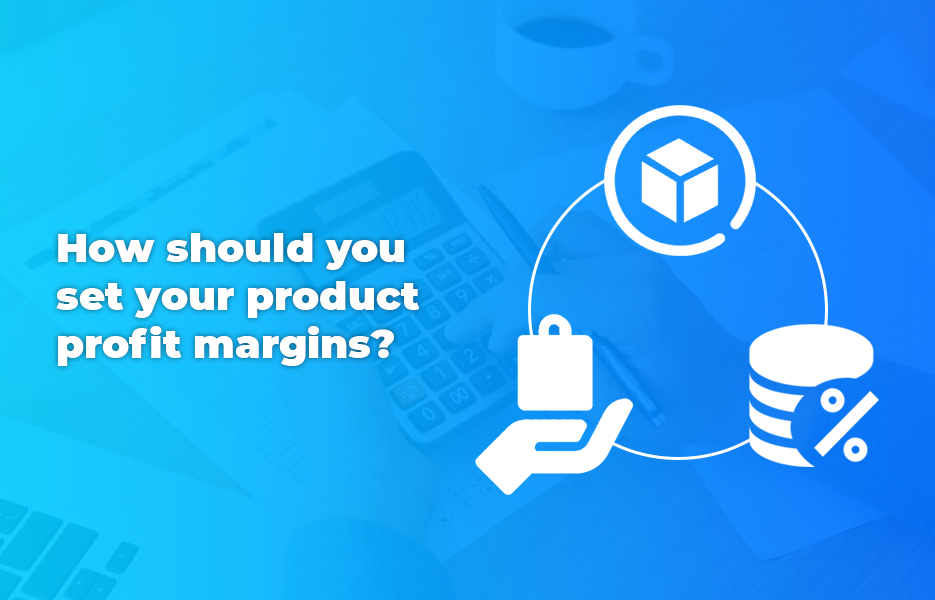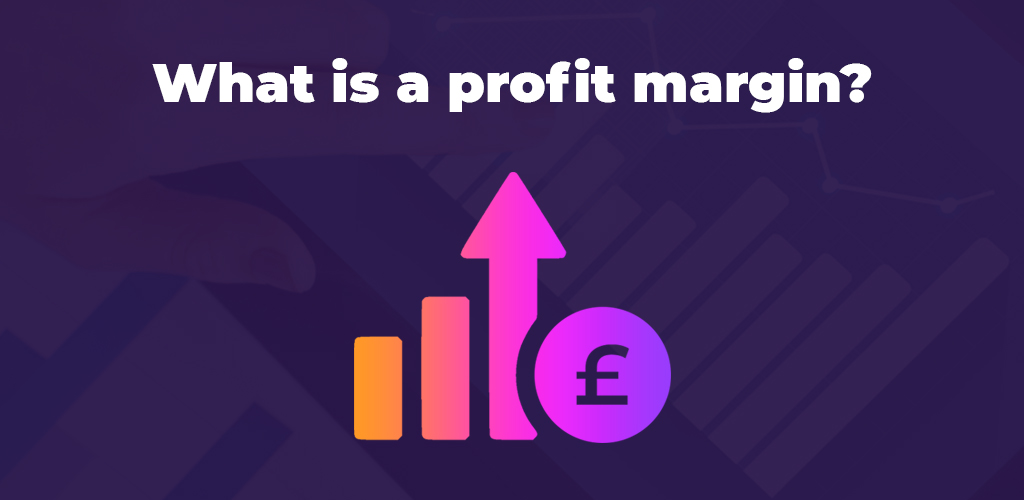What is a profit margin?
When you’re starting out in eCommerce and DropShipping, there’s a lot of terminology to learn and get the hang of using. We’re writing some blog posts to help new sellers get to grips with some of these ideas, and so they can get going faster. Today we’re taking a look at what matters to every person in business – profits!
What is a profit margin?

Your profit margin is simply the amount of money that is made on a product, a service or a business. Generally when you hear anyone referring to their profit margin, they’ll be talking about their net profit margin – it’s what is left when expenses, taxes and any other costs have been taken out of the equation. Like most measures, the bigger the number, the better – after all, who wants small profits?
The profit margin is generally expressed as a percentage, and indicates the pennies (or cents, if you’re in the US) that are profit for each pound of the sale.
Types of profit margin

There are many different measures that you might decide to consider when you’re looking at profits and other reporting for your business – if you want a lot of detail, head for Investopedia – there is a huge amount of information available on there for you. Because we know you’re busy, we’re going to take a brief overview of each type that is commonly used by businesses, and you can save the deep dive into the details for another day.
Gross profit margin
This measure is most useful when you’re analysing the products that you sell. Essentially, you’re going to start with your sales, and remove any related costs – such as marketing. Then you divide by the number of net sales, which allows you to express the gross profit margin in a percentage. The formula for working out your gross profit margin is:

Gross profit margin can show you where there are issues with your products, or it could indicate there are issues with the management of the business. However, there may be fluctuations in your gross profit margins if you are adjusting your product pricing. The higher your prices, the higher potential gross profit margin – but since competitors may lure your customers away by providing lower prices. Finding the balance between getting customers, and maintaining decent profits can be a tricky thing to master.
Net profit margin
This measure shows how much profit is generated as a percentage. It can help company managers and their investors to establish whether there is enough profit being generated from sales, and help to identify if the company’s operating costs and overheads are appropriate. The formula for working out your net profit margin is as follows:

As we already mentioned, the net profit margin is generally considered to be one of the most important measures for a business. It’s so important because it factors in all the business activities including total revenue, outgoing cash flow, any additional income streams, cost of goods sold, and other operational expenses. It also covers debt payments, including interest paid, investment income and income from secondary operations as well as one-time payments for unusual events such as legal issues and taxes.
When you’re comparing your business with others in different industries, you need to be careful not to assume that your net profits will be similar. For example, net profits for a catering business or restaurant will be significantly different to those of an eCommerce business – so if you’re comparing, be sure to look within your industry.
Operating profit margin
This measure includes the cost of the products sold, the associated costs for selling and administration, as well as any overheads that the business incurs. The formula for working out your operating profit margin is:

Your operating margin is useful because it can tell you how well you are managing your business.
Working out your profit margins
Although we’ve provided you with the equations here, you don’t have to sit there with your calculator or Excel at the ready. There are various online calculators that you can use to help you look at your profits – which can be especially useful if you’re doing quick estimates.
When it comes to deciding on your profit margins per product, it may be easier to check your DropShipping platform. Avasam provides you with the supplier’s price, and the RRP – which can give you the expected profit margin for each product. Of course, you’ll need to take your costs, such as any marketplace costs off that amount – but it’s a good place to know whether you’re going to be able to make a decent profit at a glance.
How should you set your product profit margins?

It’s widely acknowledged that when you’re DropShipping, your profit margins can be super slim. But knowing your products means you can balance the higher volume, trending products that have lower profit margins, with products that you sell fewer of, but make more on each sale. Every business is different though, so you’ll need to look back to your target customer research, as well as at your best selling products to establish the right strategy for you.
Increasing high margin products
Makes sense, doesn’t it – to sell more of the high margin products? You’ll make more on each sale, and that means more money in your business, and for you. Here’s our top tips for making the most of your high profit margin products:
Increase your marketing activity
Unfortunately, just because you build it doesn’t mean anyone will come. A major part of what you’re doing when you’re DropShipping is your marketing. So make sure you’re using your social media and email marketing to highlight your high margin products.
Cross-sell your products
When you’re selling, ideally you want your customers to buy more than one thing at a time. When you’re promoting your lower margin products, use sales tactics like ‘customers also bought’ and ‘frequently bought together’ to be able to promote your high margin products. Be careful to ensure your cross-promotion makes sense though – customers understand that you’re looking to sell to them, but if you’re pushing products for the sake of it, they won’t be impressed.
Use website space wisely
Don’t automatically list the products on your website from low to high because you think it’s what your customers want. Placing your high margin products at the top of your website means they’re more likely to be seen, and being seen (or being at the top of your ‘recommended’ products) means that you’re more likely to make sales. Don’t forget, you can group products with similar profit margins together in collections, which can increase purchases.
Add similar products
Once you’ve hit on a product that sells well with a high profit margin, don’t stop. Identify similar products that will net you similar product margins – add different variations, such as colours, sizes or patterns to your selection. Are there accessories for the product (or that customers might want to buy at the same time) that you can list? Even if the profit margin isn’t quite as high for the accessories, every sale counts!
Fixing low margin products
Working with the data available from your DropShipping platform, you can identify your low margin products and decide whether they’re worth your time selling. If you sell enough of those products, you may decide to keep on selling them – especially if they draw customers to your website and buy other things at the same time. Here are a few tips to increase low margin products:
Cut your costs per product
If you’re DropShipping, every penny counts – and so you need to find where you can make savings. You don’t have to be loyal to one supplier, so if you’re selling enough of a low margin product, and can identify other suppliers that can provide that product for you at a lower price, use them! If you don’t want to switch suppliers, there is nothing wrong with speaking to your supplier to negotiate, especially if you’re selling enough of those products to make it worth their while giving you a better rate.
Create bundles or promotional deals
Getting your customers to buy those low margin products at the same time as ordering other items from you can help increase your overall profit levels. They might not be making you a huge amount on each order, but when customers feel that they got a great deal AND they got great service, they’re more likely to come back to you.
Increase the price
It’s easy for us to say that, of course – especially if you’re selling on Amazon or eBay and you’re scrapping it out with your competition. You might need to look at how you can improve the quality of your listings, so that your customers are more likely to choose you, even if the price is higher.
Stop selling the product
You don’t have to keep selling something just because you always have – that’s part of the beauty of DropShipping! If you’re not getting the profit margins that you want from a product, you can simply stop selling it and start selling something else.
When you are DropShipping, your profit margins are amongst the biggest concerns – for your individual products and for your business as a whole. Every penny matters, and so it’s imperative that you’re not losing money.
- The gross profit margin is useful to identify where there are issues with a business
- The net profit margin is generally the most important measure for the business
- High profit margins on each product are desirable for the biggest returns
- Products with low profit margins can be useful to your business in the right circumstances
If you’re thinking about DropShipping, or increasing the profit margins of your business without needing to invest in stock, it’s easy to get started with Avasam! Your account is free to sign up, and there’s no trial period – so you can do some serious test driving to make sure the platform is right for you. You can get your account here, with no credit card or upfront payments required – why wait?




DropShip products from verified suppliers to diversify your inventory and scale your eCommerce business